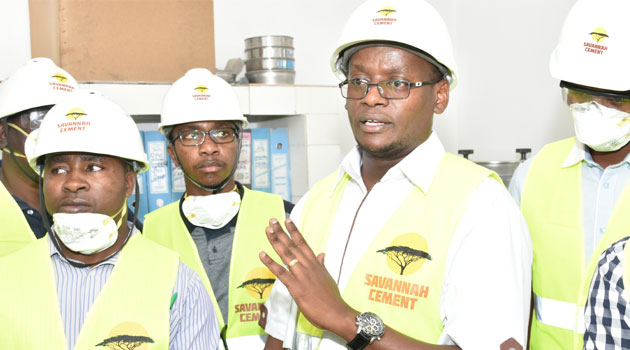Written by Trevor Sawyer
Buying a bag of cement in Nairobi can be a rather effortless task, and considering all cement should by law have the KEBS mark on the bag we assume that all cement is equal and we can use the same trust mix ratios that our forefathers used and we will be able to build structures as well as they did, or perhaps even better because technology has improved.
Nothing could be farther from the truth. Technology has brought about 27 different cement variants in the current cement standard and they are all significantly different.
There are several different cements on the local market with six different producers and each producer making 2 or three different brands. The scary reality is that there are very few (if any) retailers, distributors or even jua kali builders that understand the differences in cement and we all tend to run out and buy the cheapest bag of cement money can buy. Cements are often referred to by a single number that makes up only a part of the specification being either a 32.5 or a 42.5 cement. Using this number on its own can lead to the wrong assumptions or even the catastrophic failure if the product is used incorrectly based entirely on the number on the bag.
The basic rule of thumb is that the strength of concrete is determined by the amount of water used for every bag of cement. If we use more water then the strength gets weaker, bottom line. As a rule of thumb for typical work around the house and in the general work place we should be using between 25 of water per bag of cement, assuming your sand is moist and not bone dry or completely saturated. If you have started mixing you concrete and are using the old 1:2:4 mix or perhaps a more modern 1:3:3 mix and you have all your materials mixed up, using a full bag and 25 litres of water is just not making the concrete mix workable, then you will need to add more cement BEFORE you start adding the water, but once you have the right mix you will be able to gauge the next mix based on the first and work forward from there. It is imperative to understand that the water is the key here and adding too much water will only produce weak concrete. It is just as important to understand that changing the brand of cement will have significant impact on the strength as well as the amount of water you will use. If a cement needs less water to make a good workable concrete this will generally be a better quality of cement.
If you are truly concerned about the strength of the concrete, you could ask the manufacturer for a strength guide which will give you the water guide to achieve a given strength of concrete. A reputable cement supplier will have a set of water guides for each strength of concrete that will be specific to each brand of cement. Alternatively, you could approach an accredited concrete laboratory and ask them for a concrete mix design. The cost of a mix design relative to the cost of a house is insignificant but this will give you a guide that carries significant value. It must be stated though, the mix design will be specific to each brand of cement and will be likely to change if any of the materials are changed so when doing a mix design make sure it is done with materials locally available.
Remember, sand and stone do not contribute to strength, but their importance in concrete will be dealt with in a separate tip.

